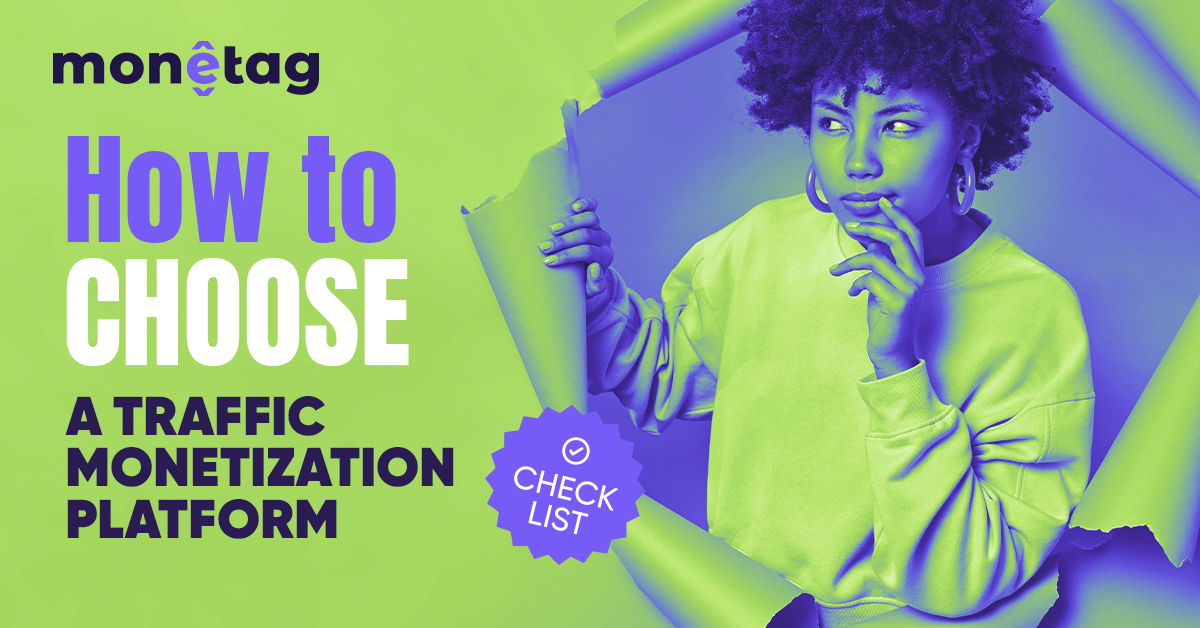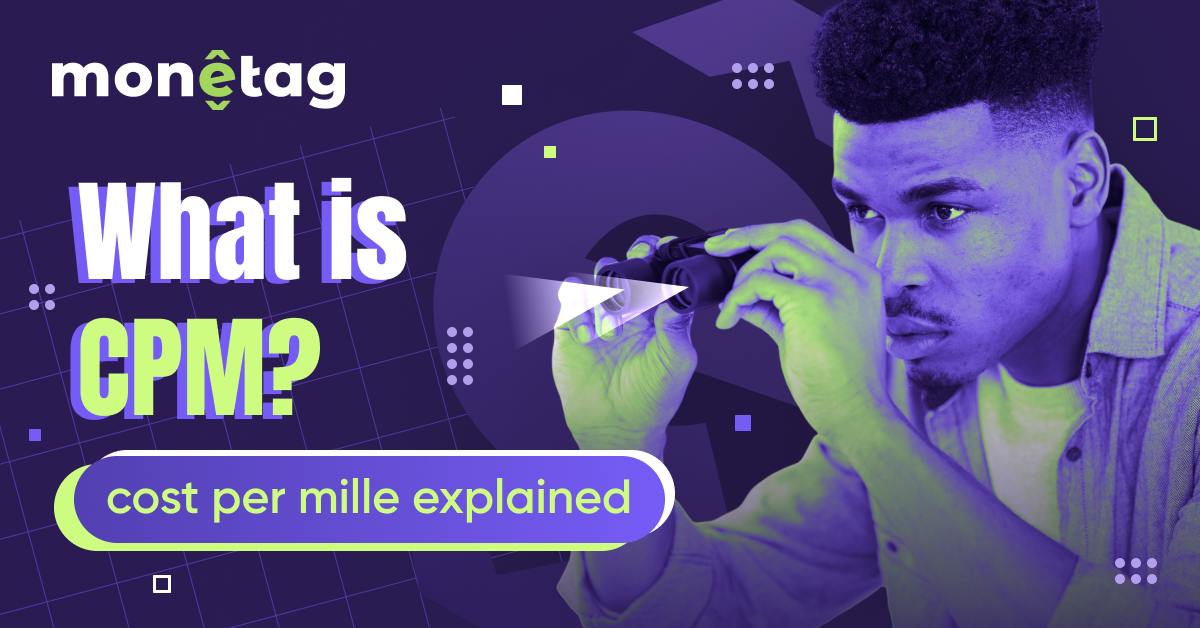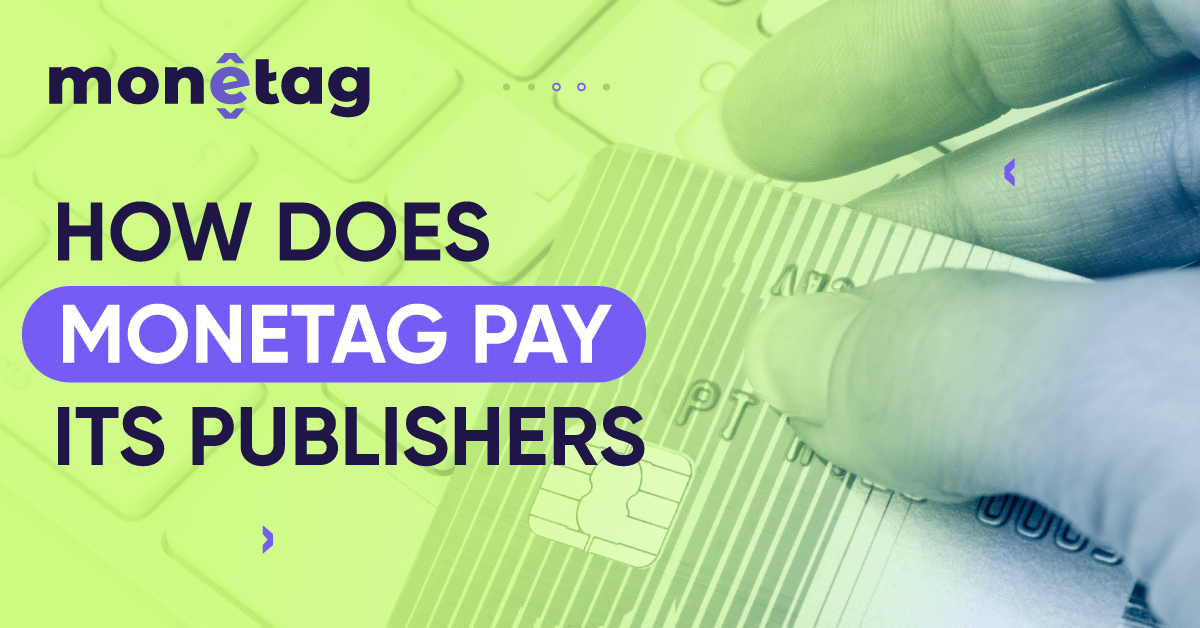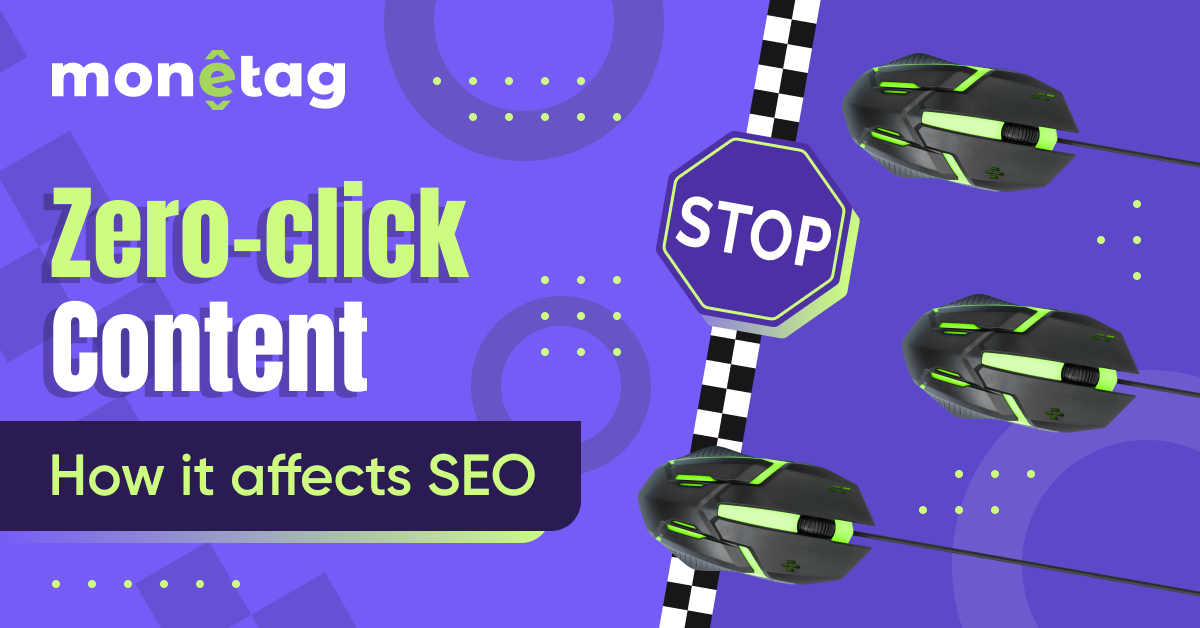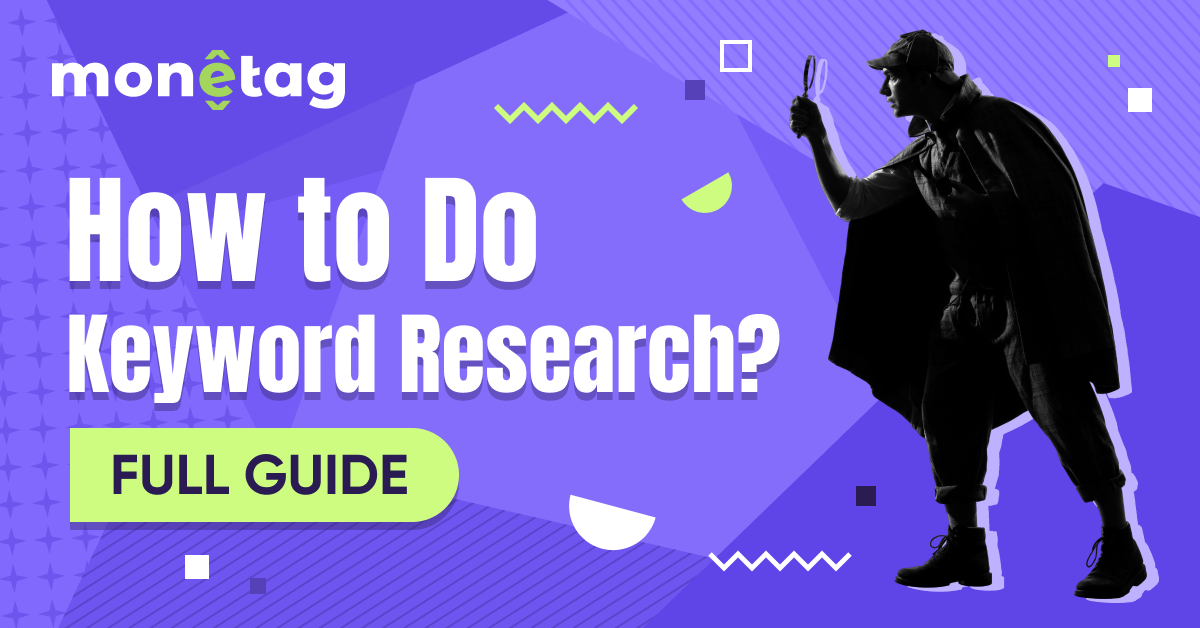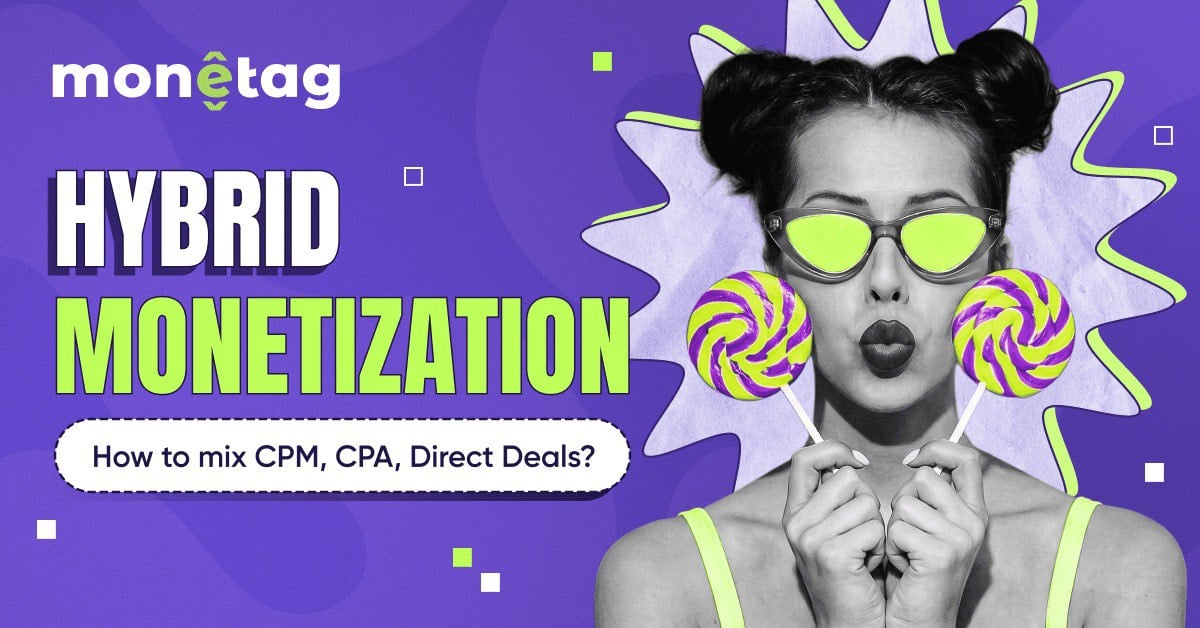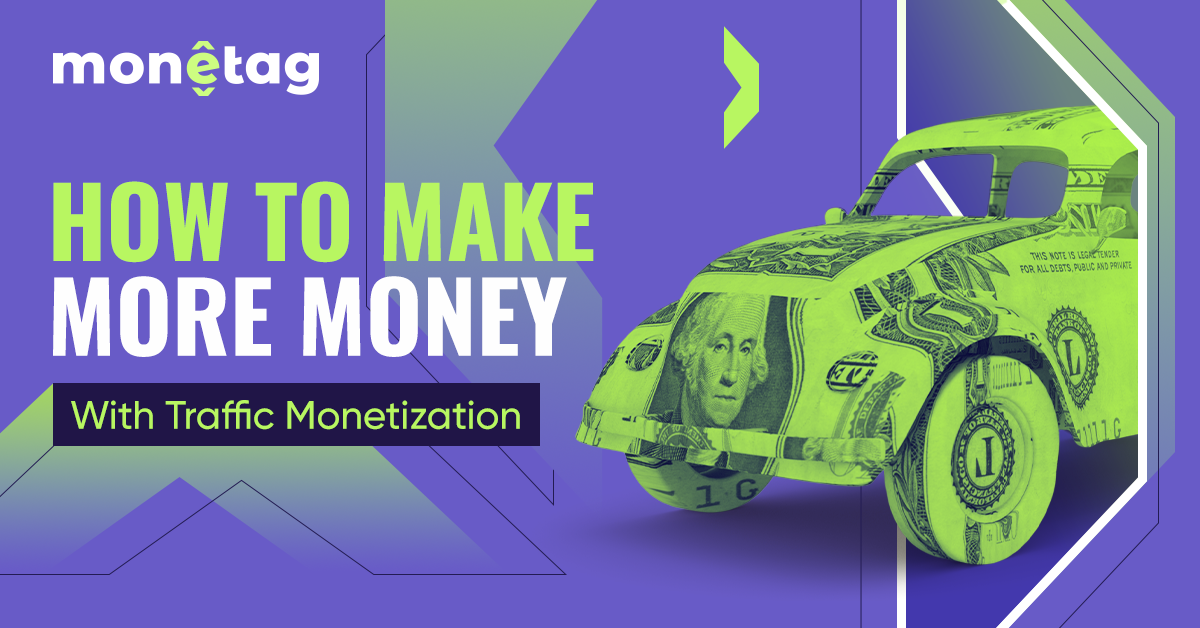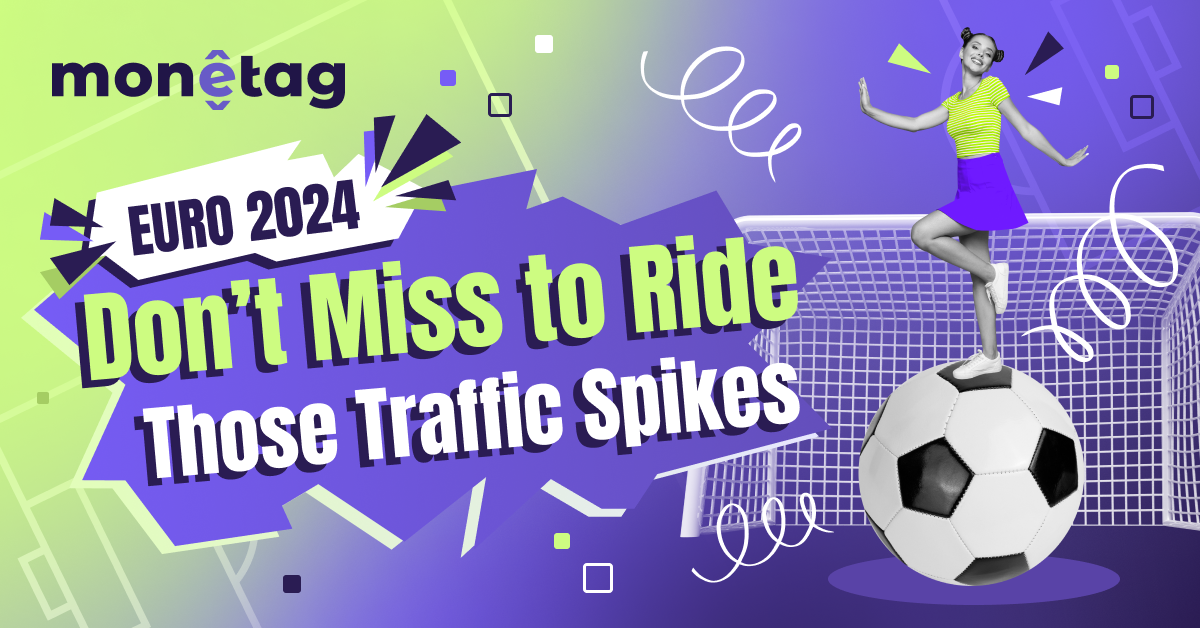A Comprehensive Cost per Click Guide for Publishers: Unlocking the Secrets To Profitable Ads
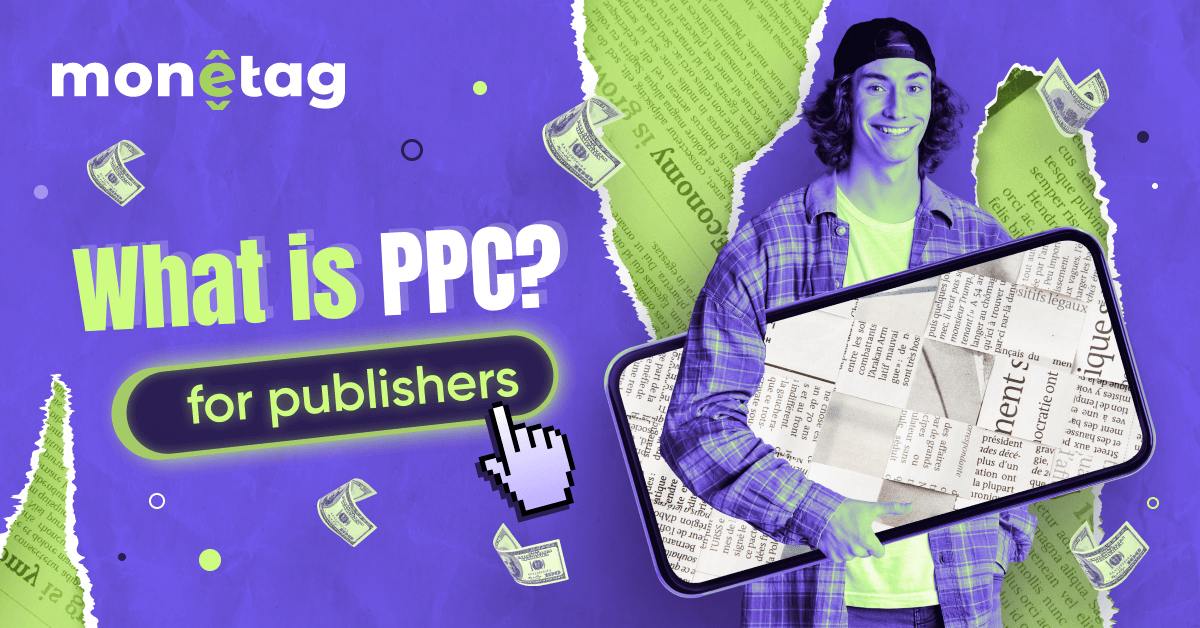
This post is also available in:
Pt
Es
Disclaimer: Please note that we only offer CPM as a monetization model.
The internet has transformed how businesses promote themselves, making it more targeted and rewarding. Welcome to the world of cost-per-click (CPC) advertising! If you’re a publisher, this model is a goldmine. Every time a visitor clicks on an ad hosted on your blogging platform, you earn a slice of the advertiser’s budget.
Think of it like this: advertisers are busy getting eyes on their products, and you are cashing in on those clicks. The potential of CPC ads is huge, and you definitely want to tap into it. Thankfully, this guide is your key to mastering CPC and maximizing revenue. Excited to get those clicks rolling? Let’s get started!
Understanding Cost Per Click: How it Fits into the Pay Per Click Advertising Model
No one loves a good acronym like the digital world, and CPC is one of the most important ones to know! So, what exactly is CPC?
Cost per click refers to the amount advertisers pay each time someone clicks their ads. Interestingly, it’s a fundamental aspect of the pay per click (PPC) advertising model, where brands only shell out money when their ads get noticed.
So, how does this affect you as a publisher? When you host brands’ ads on your blogging platform or website, every click translates into cash for you. So, the more engaging your content and the better your ad placements, the higher your chances of more payouts. It’s a win-win situation: advertisers reach their target audience, and you get paid for that connection.
In online advertising, CPC gauges your ads’ effectiveness, that is, your performance metrics. Suppose you spend $1,000 on Google ads and receive 500 clicks; that is $2 per click. Here’s where it gets exciting—if your CPC is lower, it means you’re getting better returns, which is always a good sign.
No wonder the industry average for cost-per-click in search advertising hovers around $0.6. Therefore, understanding cost per click and how it fits into PPC can help you maximize your revenue.
What is a Good Cost Per Click?
Well, dear publisher, it depends! However, the real measure of a good CPC lies in how well it aligns with your unique goals and overall ROI. Notably, industry, audience, and niche play a key role in determining a good CPC.
For example, publishers in competitive sectors like finance or healthcare may see higher rates, whereas niche markets like arts and crafts or pet grooming services may experience lower costs. Generally, a cost per click of $1-$2 is considered good, but keeping an eye on those industry-specific benchmarks is vital.
Regardless of the rate, you can still achieve profits—it’s all about focusing on ad placements. Ultimately, a good CPC isn’t about the clicks received but one that supports your financial goals as a publisher, ensuring that you and the advertisers benefit long-term.
How Does PPC Work For Publishers
Now that we know what cost per click is and what it means for publishers, let’s explore the bigger picture—pay per click. This advertising model allows businesses to bid on specific keywords or phrases they want their ads to appear on when users search online.
For example, when an individual types in a keyword (say, best anime) related to a brand’s offering, their ad pops up at the top of the search results. That means such brands have succeeded in outbidding their competitors.
As a publisher, your role in this ecosystem is crucial, and this is how you get paid. You can integrate PPC ads on your website by registering at top ad platforms like Google Adsense. Once you’re in the game, you simply place ads on your site, and voila! You earn money upon every visitor’s click.
The revenue opportunities with PPC-based models are fantastic. With the right tactics, you can boost your earnings by hosting ads that resonate with your audience. As you provide valuable content, advertisers get access to potential customers, and every party involved wins!
Types of PPC Advertising You Can Implement
Did you know brands make roughly $2 for every $1 spent on their PPC campaigns? If you’re a publisher looking to monetize your website or social media traffic, it’s crucial to understand the different types of PPC ads. Let’s explore various options you can incorporate to maximize your earnings.
1. Search Ads
These are the stars of the show, as they appear at the top of search engine results. When users type in specific keywords, these text-based ads pop up (often marked with an “Ad” tag). Search Ads are excellent for driving target traffic, especially if you choose the right keywords. And here’s a fun fact—long-tail keywords (i.e., longer but more specific phrases) often work wonders too!
2. Display Ads
These PPC ad types add a splash of color to your site, including images and text. They show up on partner websites and are fantastic for brand exposure. The caveat with display ads is that they don’t get clicked as often as their search counterparts. Yet, they can still drive good traffic and engagement to your site.
3. Shopping Ads
If you’re in the eCommerce game, shopping ads are your trusted allies. They showcase products directly in search results, allowing customers to see images and prices before clicking. It’s like a digital window-shopping experience, and it can lead to a higher conversion rate since shoppers are often ready to buy.
4. Social Media Ads
Platforms like X (Twitter), Meta, and Instagram offer tailored PPC ad options that can reach specific audiences based on interests and behaviors. You may often notice them when scrolling through your Stories or public feeds. They are perfect for engaging users right where they already spend their time. As such, it can spur them to make a purchase.
5. Remarketing Ads
These ad types offer a clever approach to re-engage visitors who didn’t convert the first time. By displaying tailored content to users who have already shown interest in your site, you can gently remind them of what they’re missing. This will increase their chances of returning and buying your offerings.
Does choosing the right PPC matter? Yes, it does, as it directly impacts your earnings. Each ad type offers unique perks, so consider your audience when integrating them. The right mix leads to increased traffic, more engagement, and, most importantly, higher paychecks.
Learn How To Calculate PPC: What Is the Cost per Click Formula
Ready to maximize your ad revenue? It’s vital to learn how to calculate cost per click. This will help you determine how much you pay for each ad click.
The formula for CPC is:
Cost Per Click = Total Ad Spend ÷ Total Measured Clicks
Let’s have a practical example to provide a clearer picture of this formula.
Imagine you spend $1,000 on your PPC campaign over a calendar month, and during that time, your ads received 2,000 clicks. Plugging these numbers into the formula above, we have:
CPC = $1,000 ÷ $2,000 = $0.50.
That means you paid 50 cents for each click on your ads.
Understanding this metric can help you gauge your campaigns’ effectiveness and whether your expenditures align with your revenue goals. For instance, if you pay too much per click, it can cut into your profits. But spending just the right amount maximizes both traffic and revenue. The key is finding that sweet spot!
What’s Better for Publishers: PPC or SEO
When you find yourself at the crossroads of driving traffic as a publisher, the classic debate of PPC vs SEO comes into play. Is there any difference between these two digital marketing models? And more importantly, which pays more?
Search Engine Optimization, or SEO, is your ticket to climbing the ranks in organic search results—without paying for each click! The goal? Attracting valuable visitors for free. While SEO is a long-term strategy that requires patience, the payoff is huge.
But the traffic you gain from high rankings is essentially free. Once your site ranks high on search engines, you generate a free and organic following that increases over time. Think of it as planting seeds for sustainable growth.
On the other hand, pay per click advertising involves paying for each ad click, giving you immediate visibility and traffic. It’s ideal when you need quick results—whether you’re launching a product, running a time-sensitive campaign, or just looking to boost visibility quickly.
While both boast their unique strengths, knowing which is better can be tricky. But the best deal you can get is from a combined approach. By leveraging PPC, you can quickly boost traffic while you build up your SEO efforts over time. So find that balance, and if you need help, automated SEO software can help deliver the best clicks and revenue to your site.
Convert Your Traffic to Income with Monetag
And there you have it, publishers! You now have a complete understanding of cost-per-click and pay-per-click models. Learning these metrics helps maximize your earnings and ensure your ad placements are as effective as possible.
If all this seems overwhelming, don’t fret—we are here to help! As a potent force in the advertising space, Monetag can be your strong ally in transforming that audience traffic into real income.
So, if you’re just starting or looking to optimize your existing efforts, we offer a wealth of case studies to explore.
